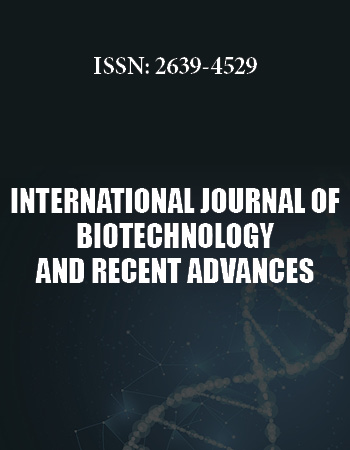European Microbiology Research Conference
December 3-4, 2018 Valencia, Spain
Analysis of Helicobacter pylori Genotypes amongst Jordaniansʼ Dental Plaque Samples
1Mutah University, Jordan
2Royal Medical Services, King Hussein Medical Center
3Aarhus University, Denmark
4Max Planck Institute of Infection Biology, Germany
Background & Aims: Helicobacter pylori (H. pylori) have been associated with gastritis, gastric ulcer, mucosa-associated lymphoid tissue lymphoma and gastric cancer. The prevalence of H. pylori virulence genes has been studied in different populations and from different sources of samples but their prevalence has not been studied in dental plaque in Jordanian people; therefore, the aim of this study was to determine the genotypes of H. pylori isolated from dental plaque samples.
Methods: Dental plaque samples were collected from 60 Jordanian volunteers. The genotypes of H. pylori virulence genes including the cytotoxin-associated
gene (cagA) and the vacuolating toxin (vacA) were determined using polymerase chain reaction (PCR).
Results and Conclusions: The cagA gene was detected in 14 (23.3%) samples, while vacA was detected in all volunteers enrolled in this study (100%). The most prevalent vacA alleles were m2 and s1 in 54 (90%) and 55 (91.7%) of volunteers, respectively. Compared to the other combinations including the most virulen vacA genotype s1/m1 which was detected in 11 (18.2%) of volunteers, the most prevalent vacA allelic combinations were s1/m2 and s2/m2 in 56 (93.3%) and 27 (45%) of volunteers, respectively. These results indicate a significant carriage of virulent H. pylori strains among Jordanian people in their dental plaques, which increases the possible transmission of these strains among them. In addition, the studying of the genotypic pattern of H. pylori virulence genes in the dental plaque could represent an essential tool for infection prevention and predicting the severity and prognosis of H. pylori gastric infection.


